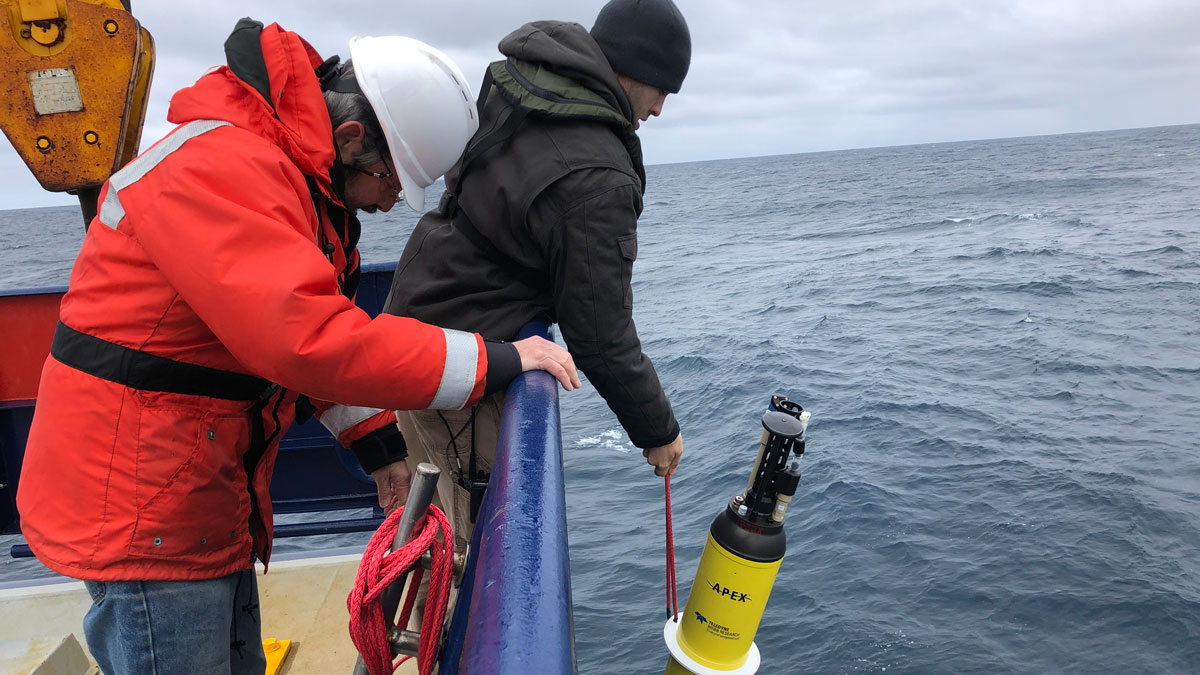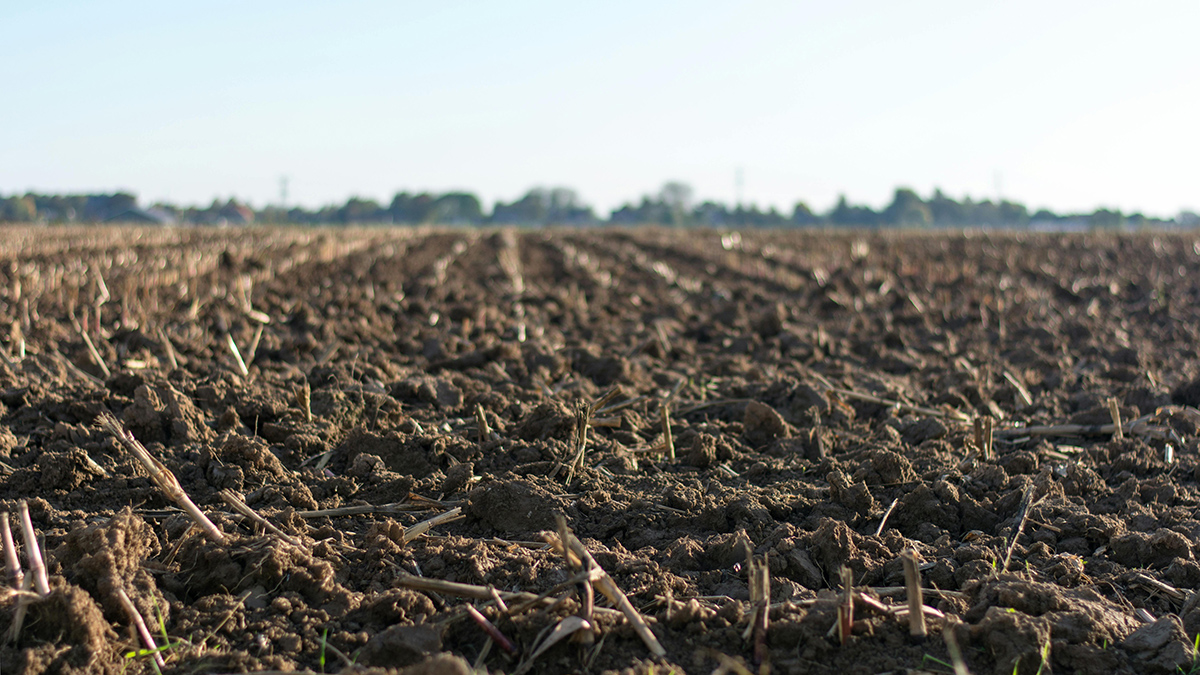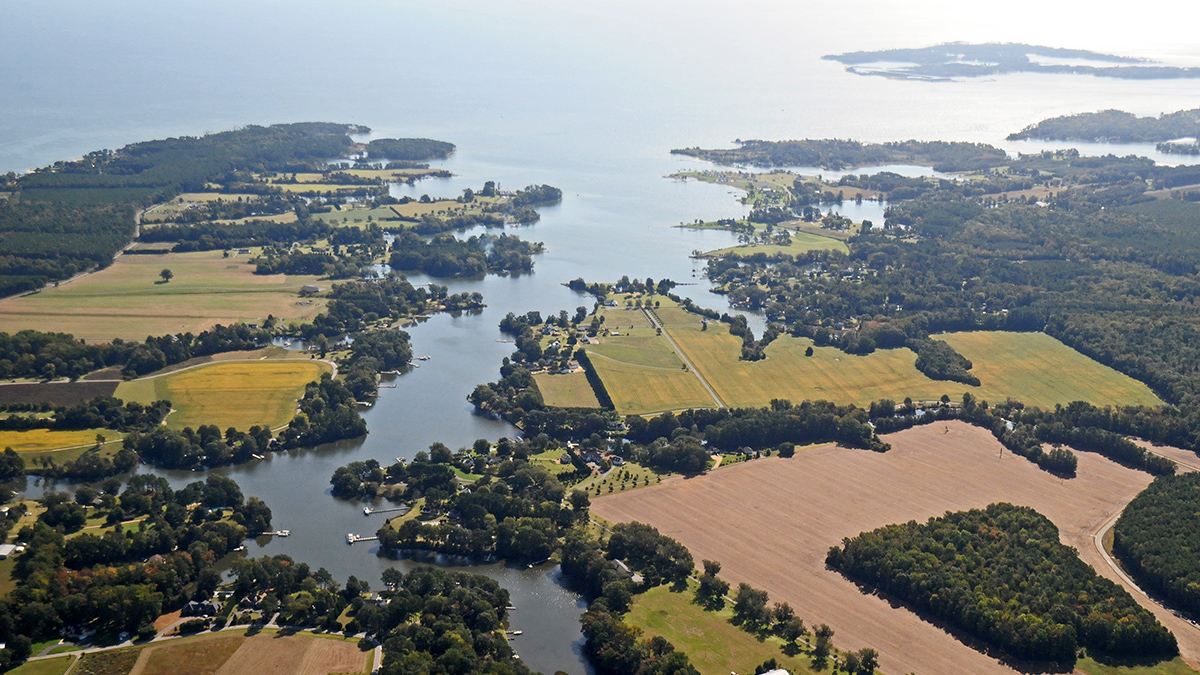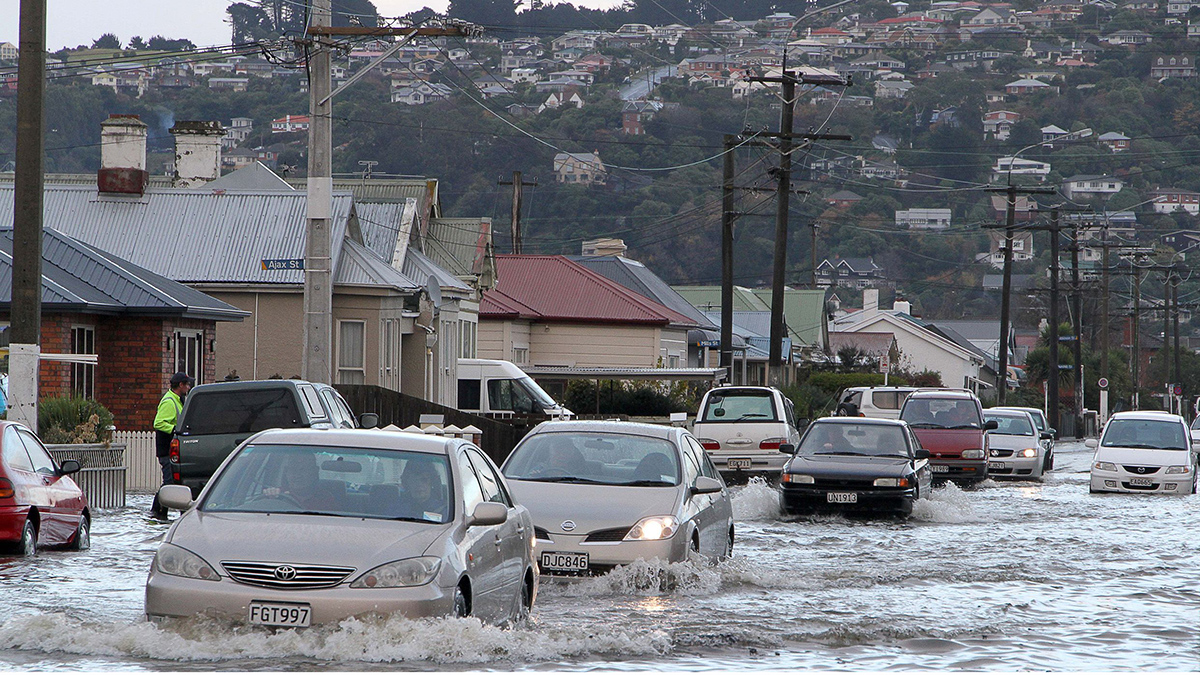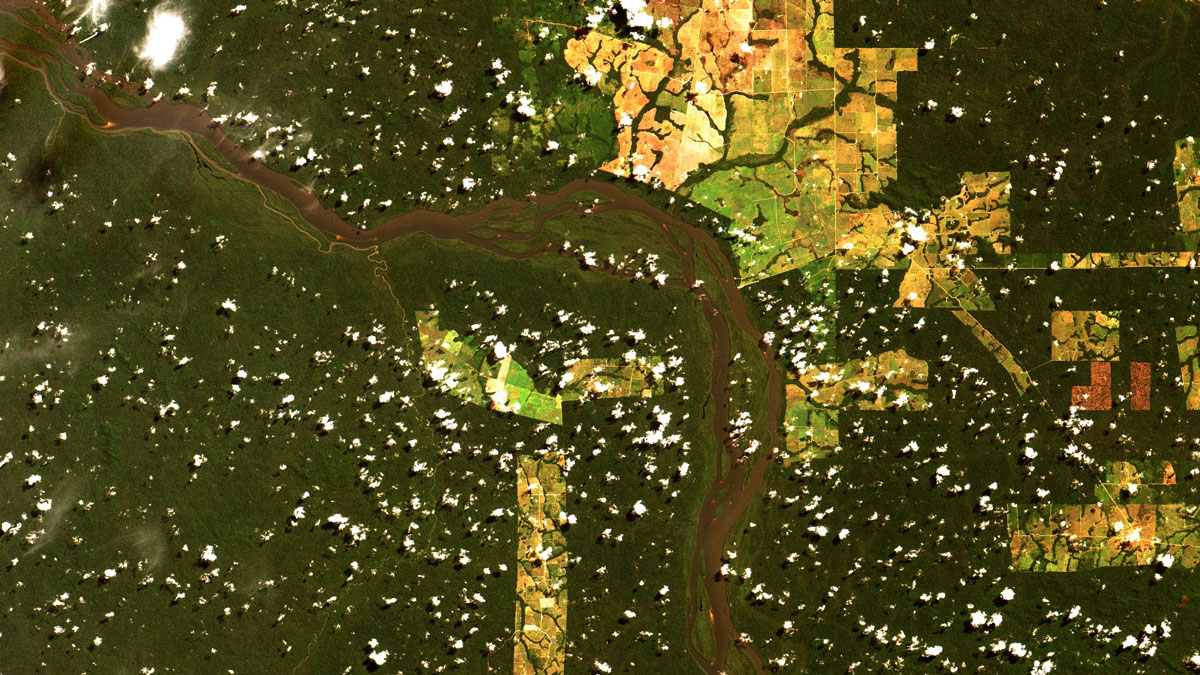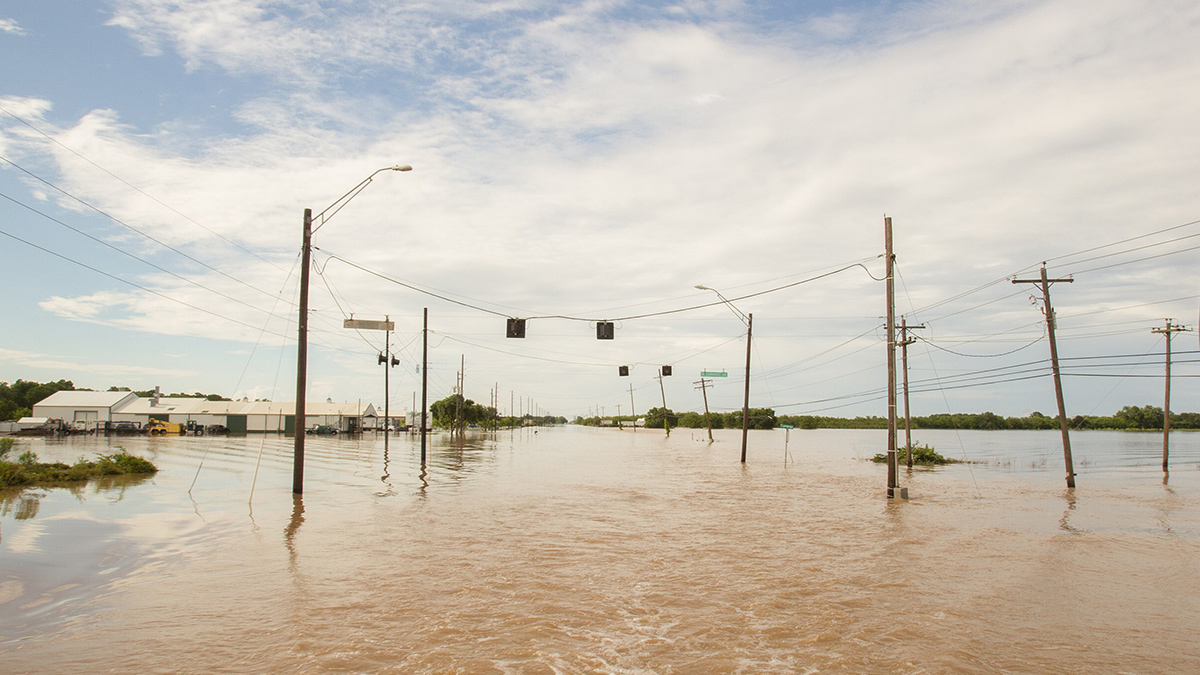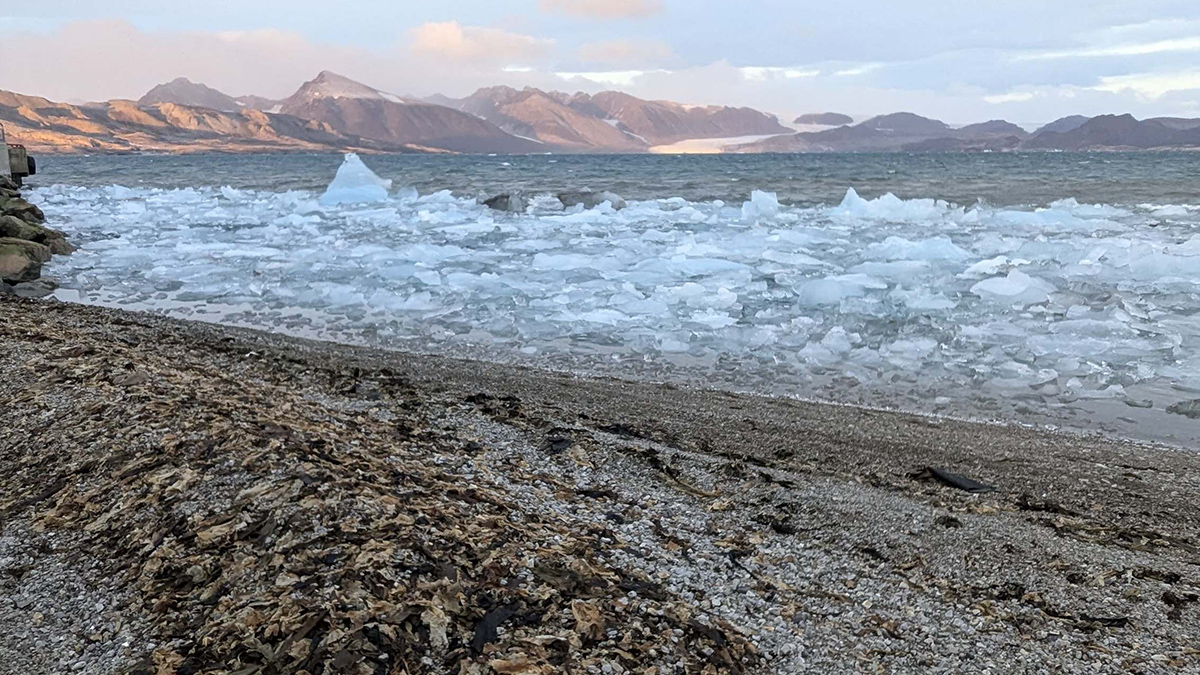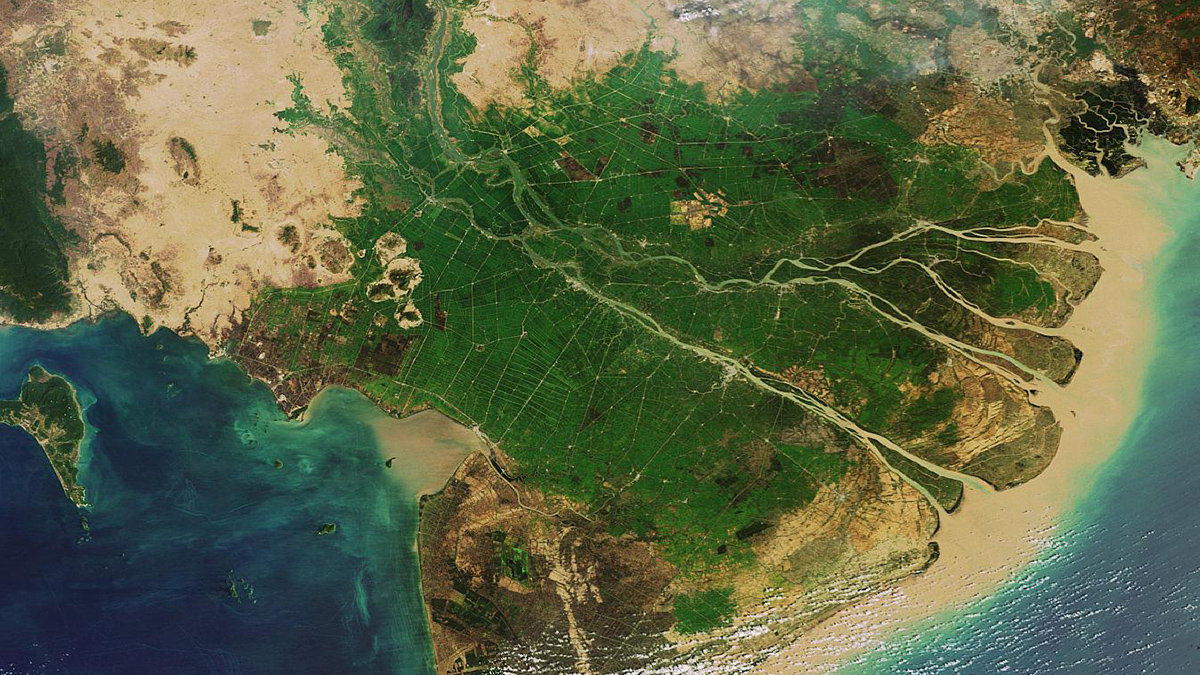High-latitude variations in density, which appear to be driven by changes in atmospheric pressure, can propagate to midlatitudes and affect the current’s strength within just a year.
Research Spotlights
Research spotlights are plain-language summaries of recent articles published in AGU’s suite of 24 journals.
Robotic Floats Quantify Sinking Carbon in the Southern Ocean
An estimated 2.69 billion tons of carbon are exported to the deep sea every year from the Southern Ocean.
Simplicity May Be the Key to Understanding Soil Moisture
A pared-down model that considers only precipitation and net surface radiation seems to solve long-standing problems.
River Alkalinization and Ocean Acidification Face Off in Coastal Waters
Factors ranging from rainfall to nutrient runoff to changing mining and agricultural practices drove decades-long pH trends in the Chesapeake Bay.
Storm Prediction Gets 10 Times Faster Thanks to AI
Forecasters hope new algorithms will lead to earlier warnings of when dangerous weather is on the way.
Deforestation Is Reducing Rainfall in the Amazon
Researchers found that between 2002 and 2015, a 3.2% reduction in Brazilian forest cover led to a 5.4% reduction in precipitation levels.
Scientists Reveal Hidden Heat and Flood Hazards Across Texas
A wider swath of the Lone Star State may be affected by more heat and flood events than previous recordkeeping suggests.
Seaweed Surges May Alter Arctic Fjord Carbon Dynamics
Climate change–accelerated seaweed growth could cause seaweed-dependent microbes to proliferate and consume more oxygen, leading to a rise in oxygen-starved zones.
New Global River Map Is the First to Include River Bifurcations and Canals
GRIT provides a much more detailed look at how rivers merge and split, which could enhance hydrological modeling, flood forecasting, and water management efforts.


